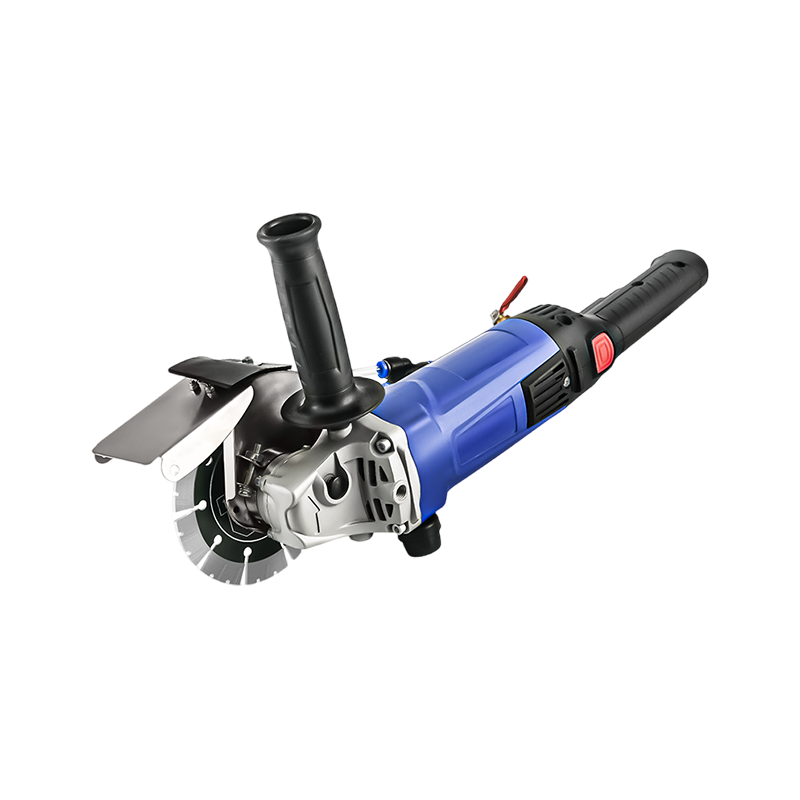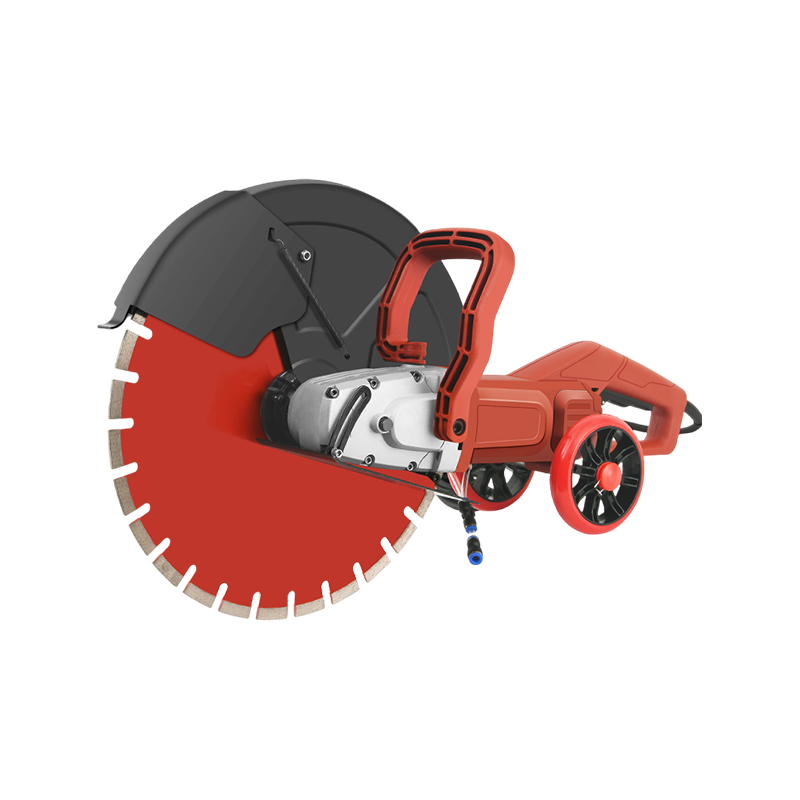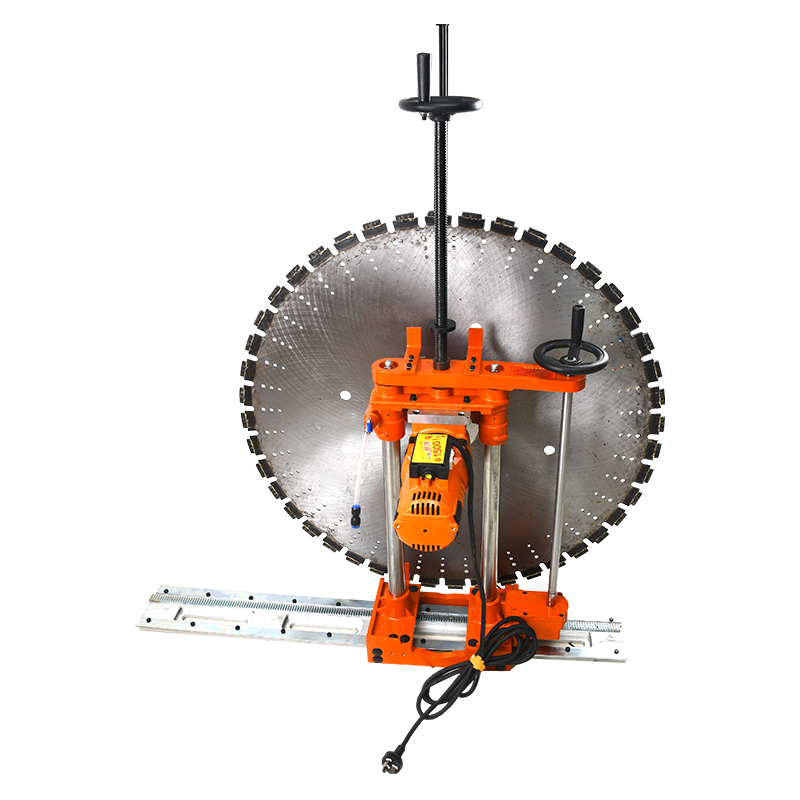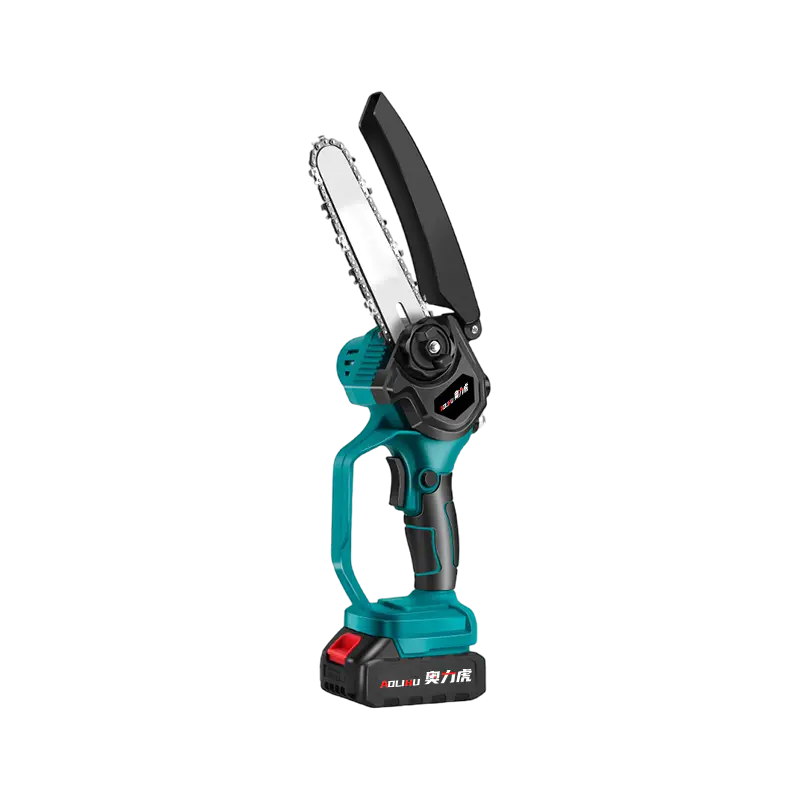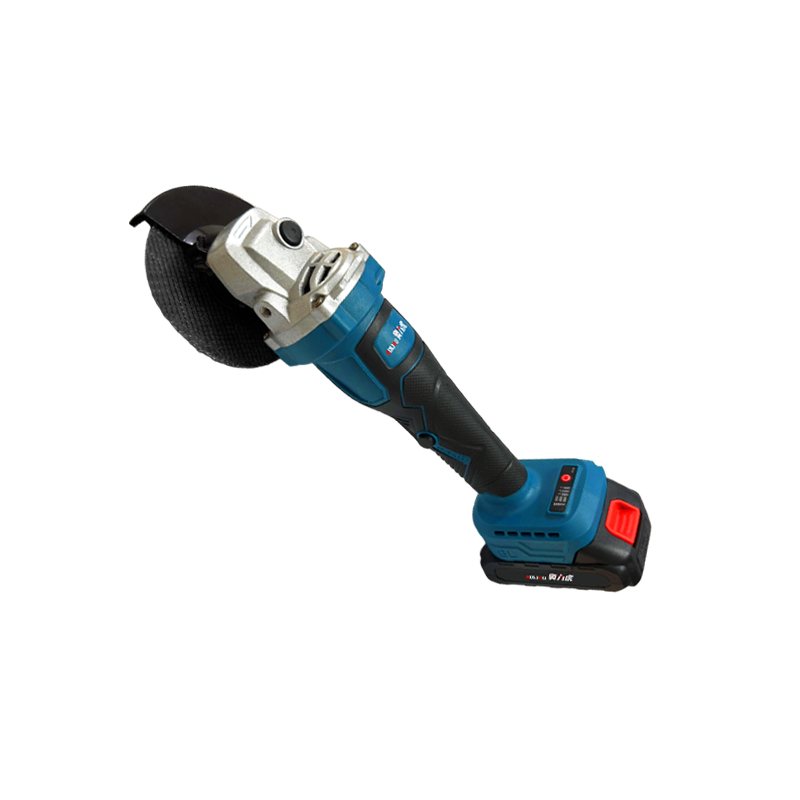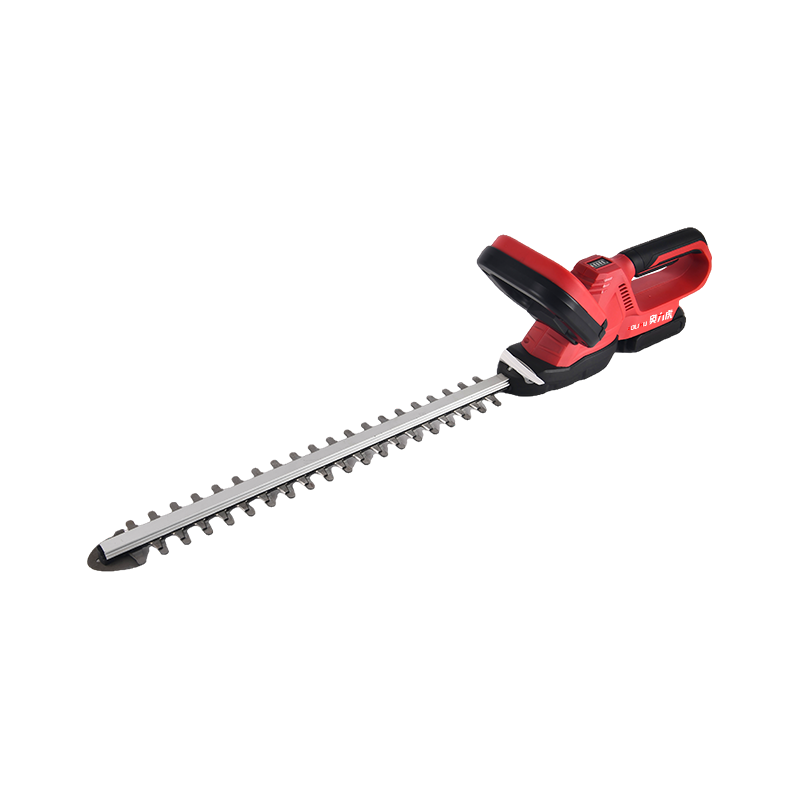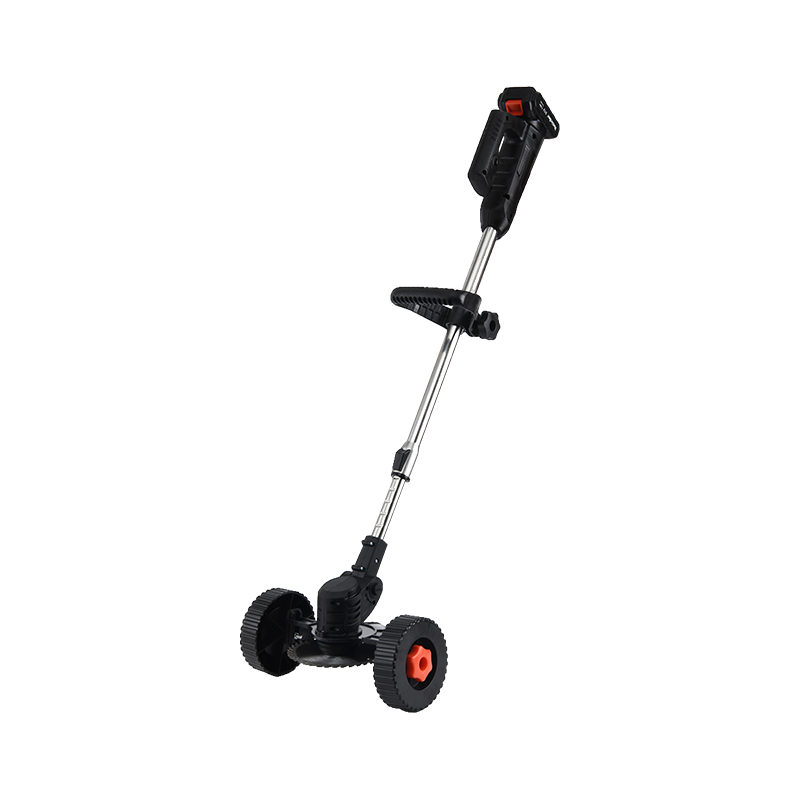The global manufacturing sector is witnessing significant improvements in welding machine technology as industries require more efficient and precise joining solutions. Modern welding machines now incorporate advanced features that enhance performance while improving operator safety and ease of use. These technological developments are helping professionals across construction, automotive, and metal fabrication sectors achieve better results with increased productivity.

Recent innovations in welding machine design focus on energy efficiency and reduced power consumption. Newer models demonstrate improved performance with lower electrical requirements, helping businesses decrease operational costs. Many contemporary welding machines feature intelligent power management systems that automatically adjust output based on material thickness and welding requirements. These advancements make modern welding machines more economical to operate while maintaining high-quality results.
Portability has become a key consideration in welding machine development. Compact and lightweight designs now offer professional-grade performance in easier-to-transport packages. These mobile welding machines are particularly valuable for field service technicians and construction crews working at multiple job sites. Despite their smaller size, these units deliver consistent arc quality and sufficient power for lots of common applications.
The automotive repair industry continues to drive demand for specialized welding machines capable of working with various metals. Technicians require equipment that can handle everything from thin automotive body panels to structural components. Modern welding machines address these needs with adjustable settings and multiple process capabilities in single units. Some advanced models even include pre-programmed settings for specific automotive applications.
Safety features in welding machines have seen substantial improvements in recent years. Enhanced thermal protection systems prevent overheating during extended use, while better insulation materials reduce electrical hazards. Many current welding machine models incorporate automatic shut-off features and improved ventilation systems to protect both equipment and operators. These safety upgrades help create better working environments while reducing equipment downtime.
Digital technology integration is transforming welding machine capabilities. Touchscreen interfaces, preset program selection, and real-time performance monitoring are becoming standard features on professional models. Some advanced welding machines now offer Bluetooth connectivity for data logging and parameter adjustments via mobile devices. These smart features help maintain consistent weld quality while simplifying the operator's workflow.
Industrial-grade welding machines are being designed for greater durability in harsh working conditions. Reinforced casings protect internal components from job site hazards, while specialized cooling systems maintain ideal operating temperatures. These robust welding machines withstand the demands of heavy use in manufacturing plants, shipyards, and construction sites.
The maintenance requirements for welding machines have been simplified through improved design and better access to components. Self-diagnostic systems alert operators to potential issues before they affect performance. Many service centers now offer specialized maintenance programs to extend the lifespan of welding machines and ensure consistent operation.
Training programs for welding machine operation have evolved alongside the technology. Vocational schools and technical institutes are incorporating instruction on advanced welding machine features into their curricula. Proper training ensures operators can fully utilize the capabilities of modern equipment while maintaining safety standards.
Future developments in welding machine technology may focus on further automation and artificial intelligence applications. Research into advanced materials could cause lighter, more efficient designs. The integration of augmented reality for guidance and quality control represents another potential area for innovation in welding machine development.

 English
English русский
русский Français
Français Español
Español